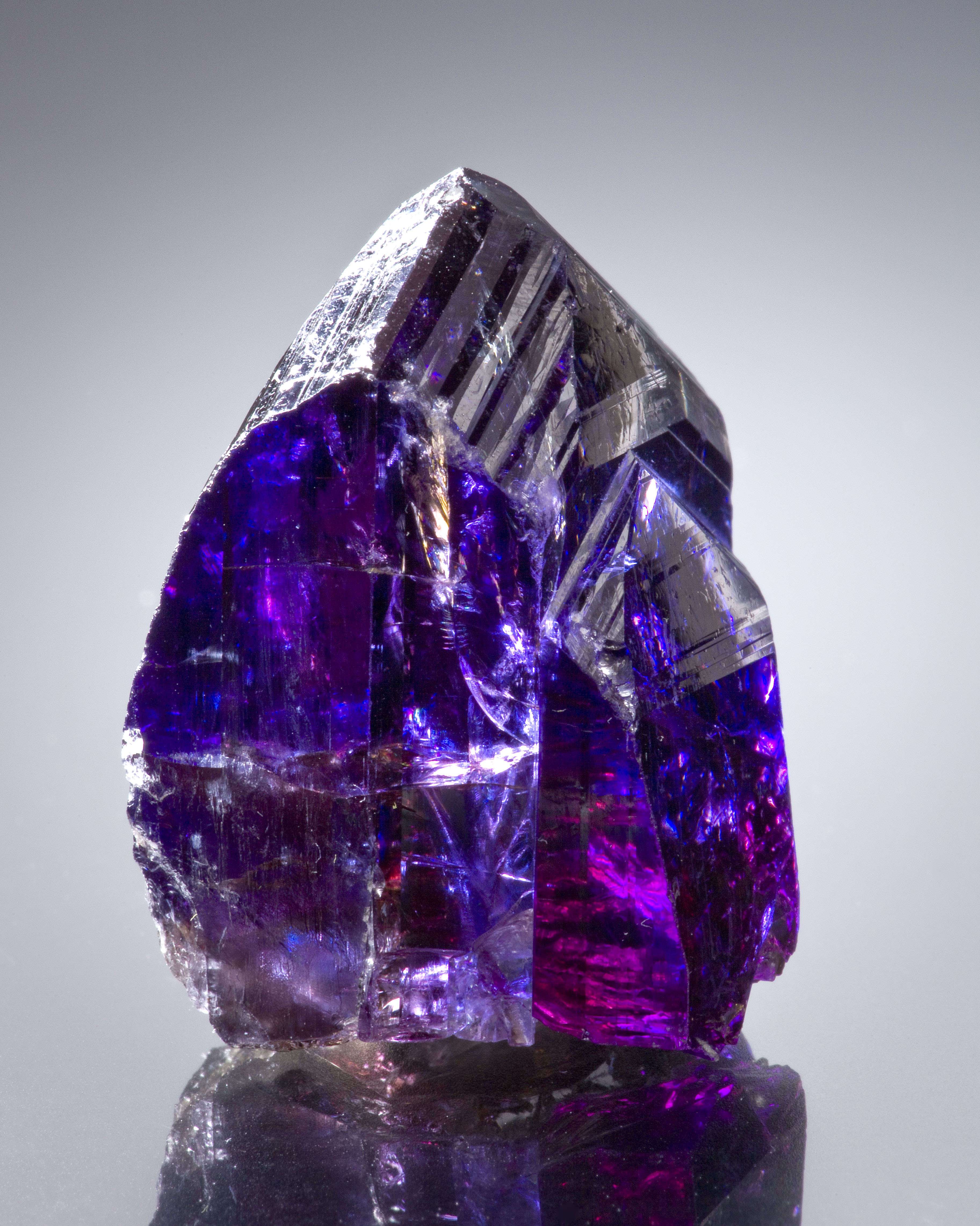


In 1937, Britain's National Association of Goldsmith's standardized birthstones. In 2016, the AGTA and Jewelers of America adopted spinel as an August birthstone. Tanzanite became a December birthstone in 2002. The Jewelry Industry Council of America added Alexandrite, citrine, and pink tourmaline in 1952.ĭecember's lapis was replaced with zircon, while March's primary or alternative stones were exchanged. The (American) National Association of Jewelers (now Jewelers of America) established a list of birthstones in Kansas in 1912. Kunz says 18th-century Poland, whereas the Gemological Institute of America says 1560s Germany. Modern sources disagree on when wearing a single birthstone began. In the eighth and ninth centuries, theological treatises associated a stone with an apostle so that "their name and virtue would be engraved on the Foundation Stones." Keep 12 stones wear one a month. Jerome, citing Josephus, stated Christians should utilize Revelation 21:19–20. George Frederick Kunz argues that Josephus saw the breastplate of the Second Temple, not the one described in Exodus. Joseph believed there was a connection between the twelve stones in Aaron's breastplate (signifying the tribes of Israel), the twelve months of the year, and the twelve zodiac signs. In the Christian Bible, the first row contains Sardius (Carnelian), Topaz, and Carbun Half are the same, even though they're at various places on the breastplate. The first row contains carnelian, chrysolite (peridot), and emerald the second row contains turquoise, sapphire, and amethyst the third row contains jacinth (red zircon), agate, and crystal and the fourth row contains beryl (aquamarine), lapis lazuli, and jasper. In the Hebrew Bible, each tribe of Israel had a particular gemstone. The breastplate is supposed to include twelve precious stones to symbolize Israel's tribes. Exodus 28 gives Moses instructions for creating Aaron's unique robes. Stone of different colors What Do The 12 Stones On The Breastplate Represent? Some people think the Cimmerians, Scythians, the Native Americans, the Japanese, and the Lemba of South Africa were also among the lost peoples. The Bene Israel, the Bnei Menashe, the Beta Israel of Ethiopia, the Igbo Jews, and the Pashtuns are only a few groups claiming lineage. Bilhah, Rachel's maid, and Zilpah, Leah's maid, fathered Naphtali and Dan, while Asher and Gad were born to Leah.Ībout 722 B.C., the Neo-Assyrian Empire conquered Israel and exiled ten of the Tribes. Rachel bore Jacob's two sons, Benjamin and Joseph. Jacob's wife, Leah, gave birth to the tribes of Reuben, Levi, Simeon, Issachar, Judah, and Zebulun. Jacob's Twelve Sons ruled the Twelve Tribes of Israel. Every twelve tribes symbolized a different stone on a signet ring (Exodus 28:21). These jewels have their counterparts in Exodus 28:17–21: ruby, jade, agate, carbuncle, lapis lazuli, quartz crystal, turquoise, amethyst, aquamarine, onyx, and the multicolored opal. The name is often translated as "tribe" in English, although the divides were not tiny, isolated groups of different ethnicities in the contemporary meaning of the term.ĬOPYRIGHT_BER: Published on by Barbara Mitchell on T05:12:29.677Z Twelve Tribes Of Israel Stones The Israelites were initially split into familial lines called "shevet" or "match" in Hebrew, which means a staff or rod. The Israelites were the main cultural and ethnic group dwelling in the southern Levant between 1273 and 423 BCE, forming the Kingdoms of Israel and Judah in 797 BCE.Īccording to the Tanakh, they were split into twelve tribes each descended from one of Jacob's twelve sons and grandchildren. The Midrash says that each stone on the Twelve Tribes' breastplate matched their flag's background color, based on the jewels mentioned in Exodus. Red, green, striped red, white, black, sky blue, dark blue, clear blue, dark blue, purple, transparent purple, gray, aquamarine, black, and a combination of all these colors make up 12 tribes of Israel stone colors.


 0 kommentar(er)
0 kommentar(er)
